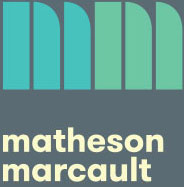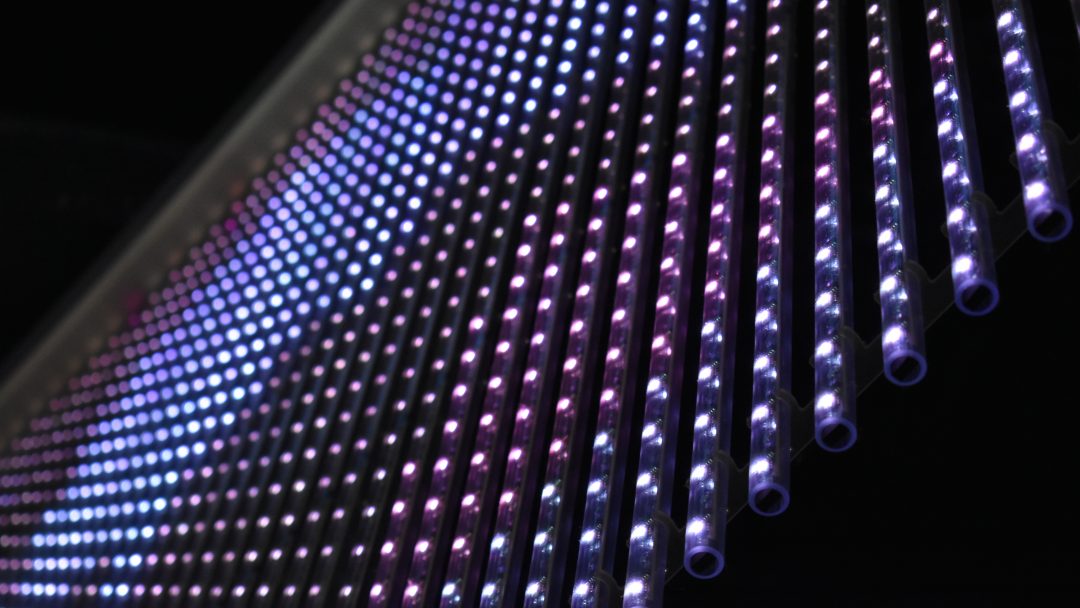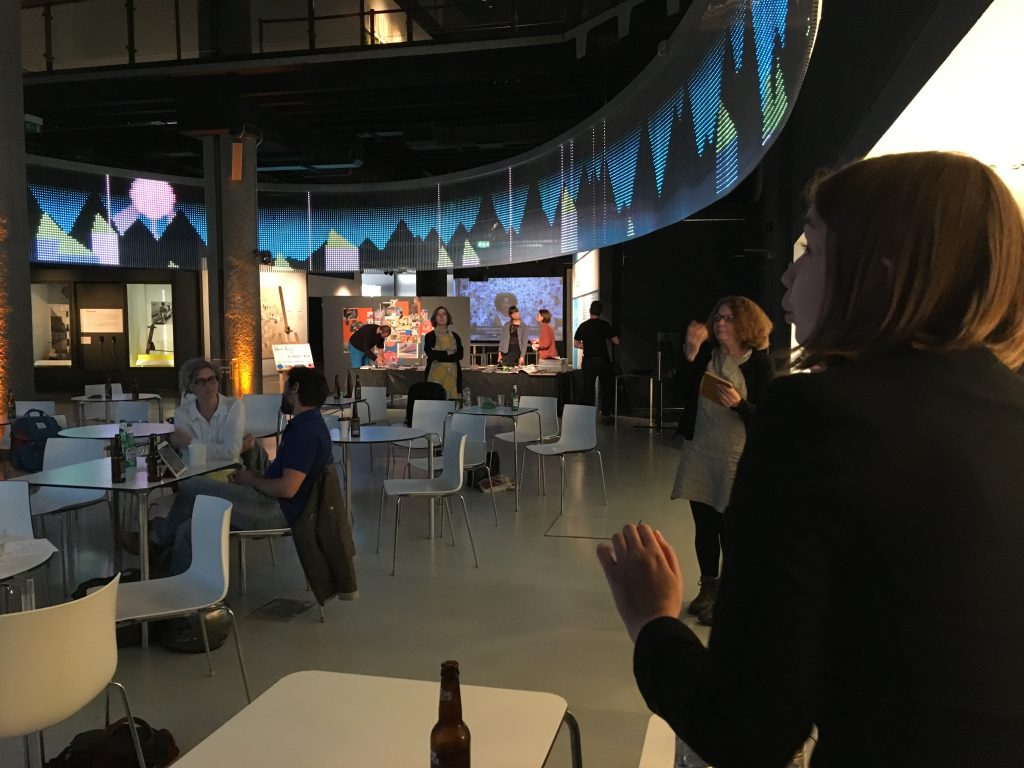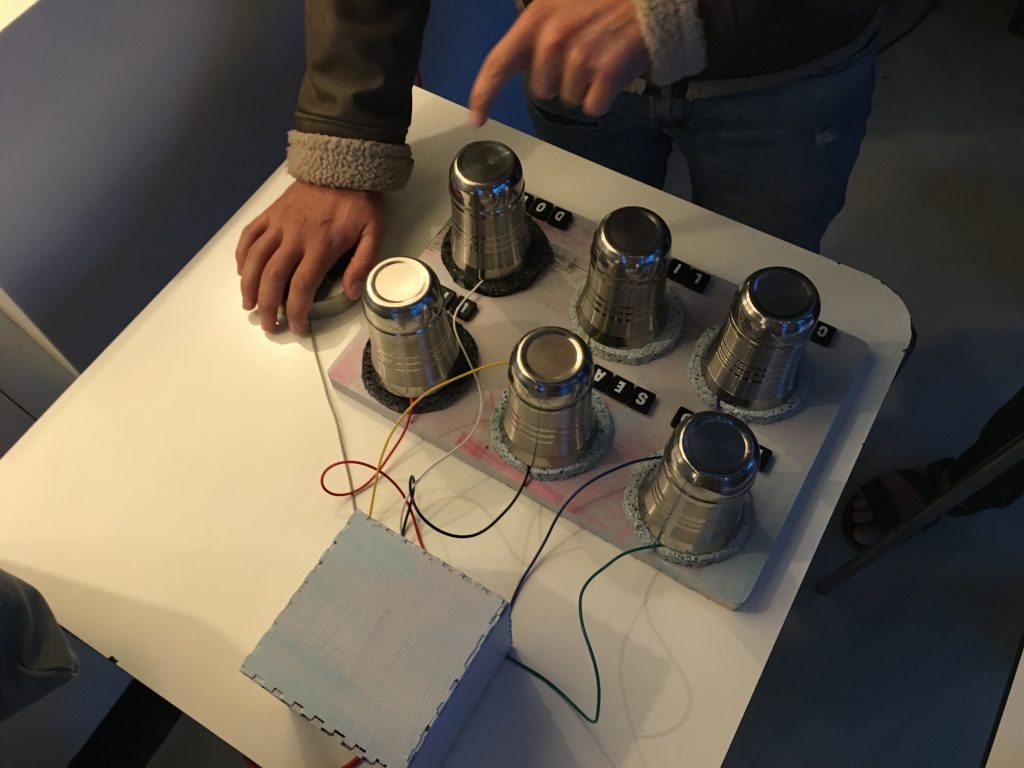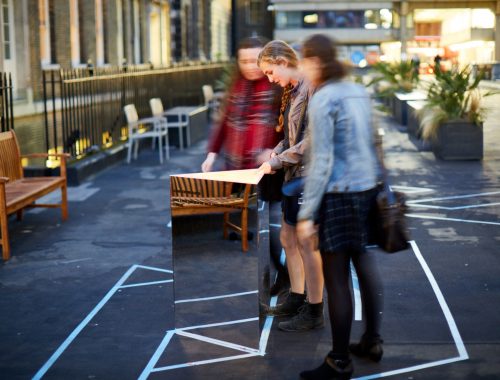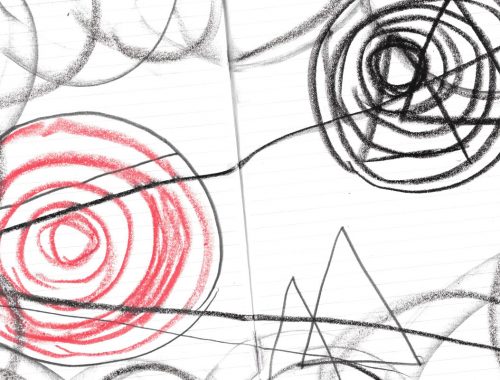Pop-Up City is a game we made to run on the Ellipse at the Museum of London, for one night only.
The Ellipse is an amazing huge screen that wraps around a whole room, a grid of 48,000 LEDs suspended around a central atrium, a widespread screen measuring 1200 pixels wide and only 40 high. It’s very pretty. And we were very excited to make a game for it.
The game was part of an evening about cities and play as part of the City Now City Future season, so we thought: well, why not make a little city-building game? It would have to be simple, something people could play in just twenty or thirty seconds but which they might want to return to later; something that took advantage of the space; something that was satisfying to watch, and gave players the chance to feel the weird huge power of controlling that big circular screen.
So: Pop-Up City, which invites players to build a small city of their own, following a series of very limited choices. There are six big buttons a player can press, and each one makes a semi-random change to a static image of a city – changing the buildings, the landscape, the weather, the lighting, and making the buildings taller or shorter. (Make them tall enough, and entirely new buildings spring out of the ground to create a particularly dense cityscape. Lower them and keep lowering, and they’ll disappear beneath the ground, leaving only an empty landscape).
Each time you press a button, a countdown ticks down from ten; when you hit zero, the city you’ve built with your choices animates briefly. Perhaps birds move, or rain falls, or snow accumulates on rooftops; or the sun goes down, or the moon crosses the screen, or words scroll. And then everything fades to black and it’s time to build another city.
Making a game for the Ellipse was a fascinating process. People can’t see the whole screen at one time, so they turn around a lot, following the movement of shapes, looking at one thing and then another. Plus because the LEDs are widely spaced and you can see the museum through the gaps, you can’t get too fine with the detail – it just won’t stand out against the background.
We had one half-hour playtest on the Ellipse before the event, and found out a few different things:
- Because the screen is so big, things that move on it have to move SLOWLY, or you get dizzy trying to watch them.
- The feeling of power you get when you make something move on the screen is really exhilarating. We actually cut out a couple of different possible transformations to the city in order to include the two buttons which would raise and lower the city – it’s a much more direct type of control than just randomising or cycling another aspect of your city, and being able to push a button and make something move directly under your control was so satisfying.
- Despite the busy background, the colour range you can play with is really wide – very slightly different shades of yellow, for example, were easy to tell apart even with the widely-spaced pixels, and slightly pastel colour palettes worked particularly well (there’s plenty of white in them so they stand out well, but also allow for subtle variations).
We used a Makey Makey to throw together a simple set of buttons to control the game, set it up, and let people play through the night. It was fascinating to see everyone gradually feel out the edges of the city generation rules, and get excited when something unusual came up – jagged mountains, trees, bright magenta backgrounds. Some players quickly developed favourite effects which they’d always try to return to; others just wanted to make something different to whatever they’d made last time.
